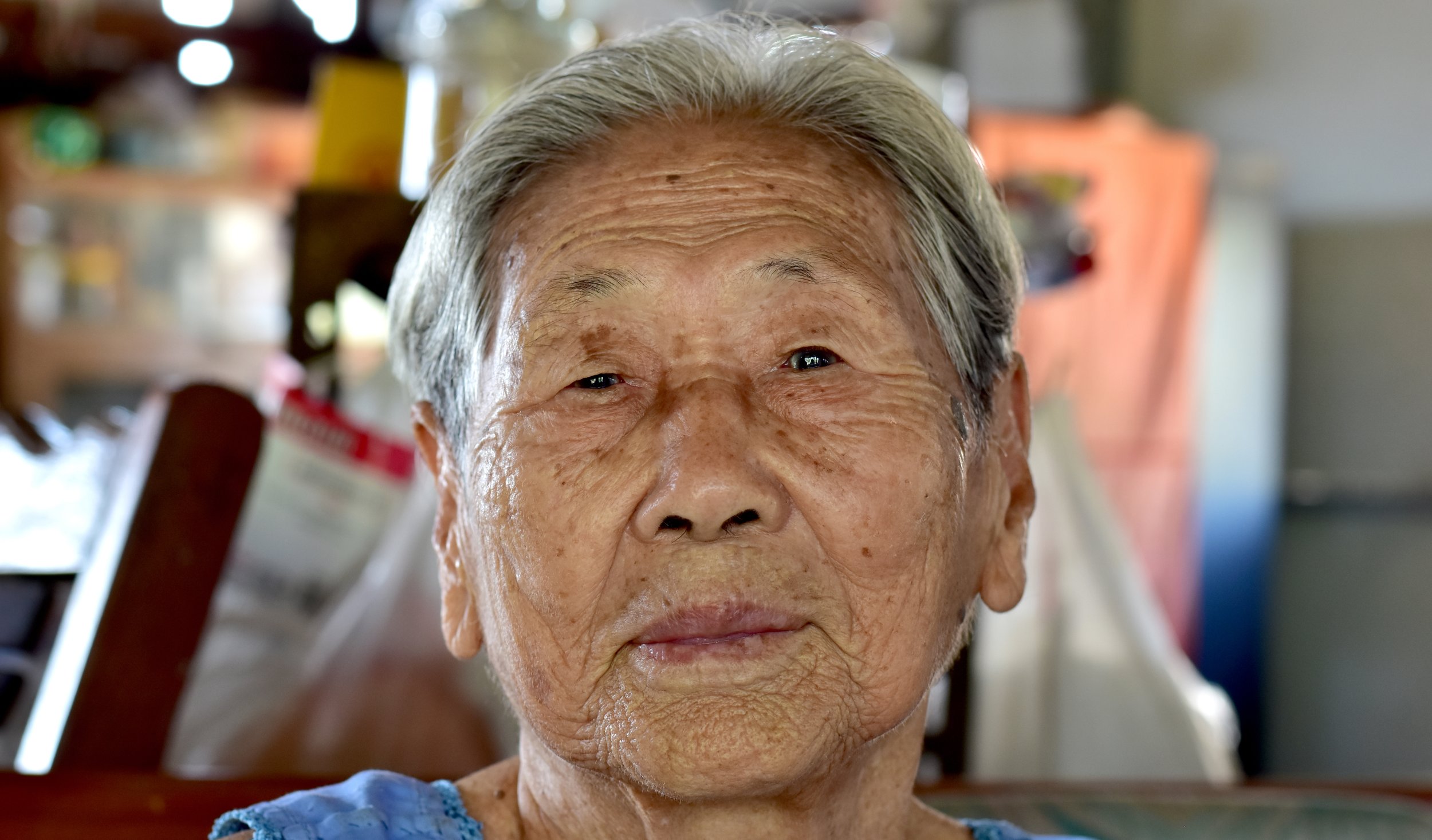Anti-Aging Tips: Part 1
We all want to avoid or minimize premature aging, but before spending a fortune on skin care products and procedures that promise the world, it’s worth exploring how our skin ages. Learn how to make more informed choices and save yourself time, money, and aggravation.
In part one of our blog series on photoaging and treatment, we get a little technical, so please refer to our blog on skin structure and function. The Naked Truth about Your Skin, if you need to catch up on some terminology.
What contributes to facial aging?
As with everything else in life that affects our bodies and minds, the factors are divided into intrinsic vs. extrinsic—in other words, nature vs. nurture. We are born with a certain set of genes, but the environment we grow up in and how we take care of ourselves makes a huge difference. It can even change the way your genes function!
Before we get into the “ugly” truth about the natural processes of aging, keep in mind that you have the power to affect all of the processes covered below. Your behavior matters–and what you think matters too!
Intrinsic Aging Factors
Reproduction of keratinocytes (skin cells) slows: With aging, skin cells reproduce more slowly and take longer to die, making for a thinner epidermis and dry, dull-looking skin.
Elastin, collagen, and hyaluronic acid (supporting structures in the skin) breakdown increases: Like skin cells, their production slows as well, but the breakdown of these substances increases—causing the skin to become less firm, less elastic, and more wrinkly.
Bone loss: This happens as we age, not only in our spines, causing osteoporosis, but also in our facial bones, causing deep folds and sagging of the skin.
Fat loss: Fat, the part of our bodies we love to hate, is vital to giving faces their youthful glow. Fat loss and redistribution in the face cause sagging and changes in facial features to make us look visibly older.
Connective tissue loosens: We hear more about connective tissue from the physical therapy perspective, in terms of tight connective tissues in our backs, legs, and necks causing pain and decreased mobility. In the face, it is the opposite—the loosening of connective tissue with age contributes to sagging of the skin, because the skin is attached to underlying muscle by connective tissue.
Repeated muscle movements: These could be considered both intrinsic and extrinsic, since your muscle mass and nerve activation of muscles is partially genetically determined, but your movements are voluntary and can be controlled to some degree. With repeated muscle movements, lines and wrinkles are created and over time are etched into the skin.
Extrinsic Aging Factors
Photoaging, i.e., the SUN: Photoaging causes dark spots and blotchy discoloration. It also adds to natural decreases in collagen and elastin by directly damaging these fibers in the dermis.
Pollution: Effects of pollution (ozone, industrial pollution, exhaust) and smoking contribute in similar ways to photoaging, through oxidative stress and resulting inflammation.
Diet: Someone who eats a restrictive diet or food that is low in nutrient content will have deficiencies in micro and macronutrients, which will accelerate the aging process.
Now that we’ve examined what makes our skin look aged, we’re ready to cover lifestyle modification and skin care strategies to help slow down this process. Stay tuned for part two of our series, which covers how to help your skin look its best.
Any questions? Consult one of our board-certified dermatologists. Please contact SSDP to schedule an appointment with any of our physicians.



